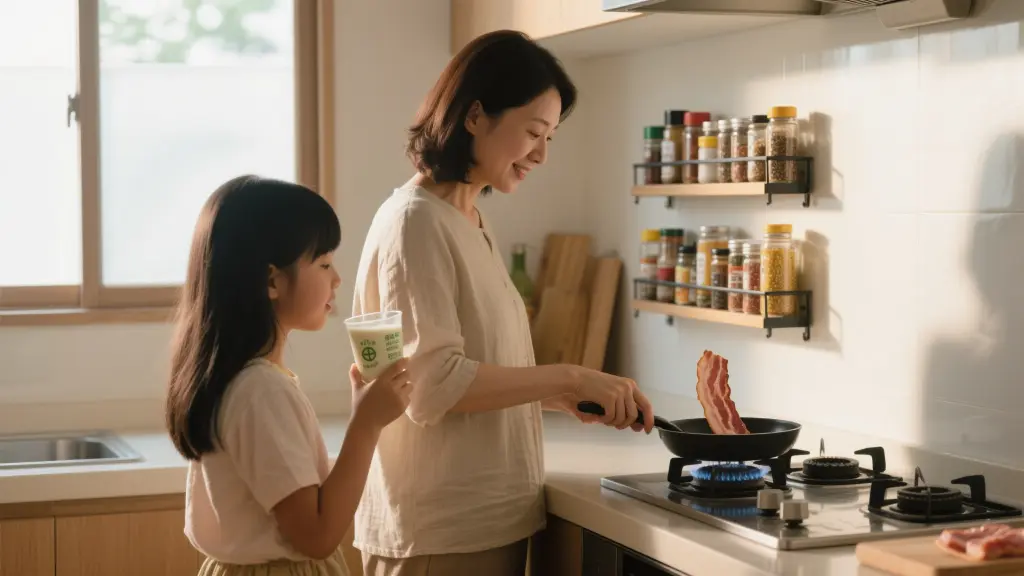Article directoryCloseOpen
- Recognizing Symptoms of Low Blood Pressure
- Immediate Steps to Take
- Lifestyle Changes for Long-term Management
- Practical Tips for Emergency Situations
- Quick Reference Table for Emergency Response
- FAQ
- What is considered low blood pressure?
- How can I raise my low blood pressure quickly at home?
- Are there any foods that can help stabilize blood pressure?
- How often should I check my blood pressure at home?
- When should I seek medical help for low blood pressure?
We explore lifestyle changes, dietary adjustments, and natural remedies that can help stabilize blood pressure levels. Additionally, we provide guidance on the key steps to take during an acute episode and emphasize the importance of staying calm and collected. Whether you’re managing your own health or supporting a loved one, understanding these techniques can make all the difference. With clear explanations and actionable advice, this article aims to equip readers with the knowledge to ensure safety and well-being in the face of low blood pressure emergencies. Don’t wait for an episode to unfold—discover what you need to know today to handle low blood pressure confidently at home.
## Understanding Low Blood Pressure Emergency Treatment at Home
Low blood pressure, medically known as hypotension, can catch many people off guard. Whether it’s a sudden dizzy spell or a fainting episode, knowing how to handle these situations at home can greatly enhance safety and comfort.
Recognizing Symptoms of Low Blood Pressure
The first step in managing low blood pressure is recognizing its symptoms. Common signs include:
If you or someone around you experiences these symptoms, it’s crucial to act quickly to prevent a more serious situation. Understanding these warning signs can help you respond appropriately.

Immediate Steps to Take
When you recognize low blood pressure symptoms, here are some immediate actions you can take:
Lifestyle Changes for Long-term Management
Adjustments to daily living can make a significant difference in managing low blood pressure over time. Here are some helpful tips:
Hydration
Diet Adjustments
Regular Exercise
Monitoring Blood Pressure
Practical Tips for Emergency Situations
Creating an emergency plan is also crucial. Here’s a quick checklist:
Quick Reference Table for Emergency Response
Below is a quick reference table summarizing the immediate actions to take during a low blood pressure episode:
| Action | Description | When to Use | Notes |
|---|---|---|---|
| Sit or Lie Down | Prevent falls and injuries | At first signs | Always prioritize safety |
| Hydrate | Drink water or electrolytes | As a first course of action | Avoid caffeinated drinks |
| Snack on Salt | Increase sodium intake | If feeling faint | Choose salty snacks |
| Elevate Legs | Encourages blood flow | While lying down | Helpful for fainting |
Being prepared and informed can significantly reduce the risks associated with low blood pressure. Knowing what to do in an emergency and making simple lifestyle changes can create a more manageable experience and help maintain overall well-being.

Absolutely! A well-rounded diet plays a key role in maintaining healthy blood pressure levels. Filling your plate with a variety of fruits and vegetables is a great way to start. These foods are packed with essential nutrients and fiber that support heart health. Whole grains, such as brown rice, quinoa, and oats, not only provide important vitamins and minerals but also help keep you feeling full and satisfied. Including foods rich in vitamin B12, like eggs, fish, and dairy products, is particularly beneficial since they contribute to red blood cell formation and overall well-being. Folate-rich foods, such as leafy greens, legumes, and nuts, additionally support your body in managing blood flow effectively.
On the other hand, don’t underestimate the occasional inclusion of salty foods, especially during moments when your blood pressure dips. While it’s essential to be mindful of sodium intake over the long term, a bit of extra salt can be handy in acute situations. Think about enjoying a few salted nuts or some pretzels when you’re feeling lightheaded. This can provide a temporary boost that may help alleviate some uncomfortable symptoms. Just remember to balance it with a healthy overall diet, ensuring that you give your body the nutrients it needs to function well.
FAQ
What is considered low blood pressure?
Low blood pressure, or hypotension, is generally defined as a reading below 90/60 mmHg. However, some people may have lower readings without any symptoms, while others may experience issues at higher levels.
How can I raise my low blood pressure quickly at home?
You can quickly raise low blood pressure by drinking plenty of fluids, consuming salty snacks, elevating your legs, and resting. Staying calm and finding a safe position can also be helpful.
Are there any foods that can help stabilize blood pressure?
Yes, a balanced diet rich in fruits, vegetables, whole grains, and foods high in vitamin B12 and folate can help maintain healthy blood pressure levels. Incorporating salty foods in moderation may also be beneficial during low blood pressure episodes.
How often should I check my blood pressure at home?
If you have a history of low blood pressure, it’s wise to monitor it regularly—at least once a week. During times when you’re feeling unwell or experiencing symptoms, you should check it more frequently.
When should I seek medical help for low blood pressure?
Seek medical help if you experience persistent low blood pressure readings, severe dizziness, fainting spells, or if symptoms do not improve despite home care measures. If low blood pressure is accompanied by chest pain, shortness of breath, or confusion, it is crucial to get emergency assistance right away.
